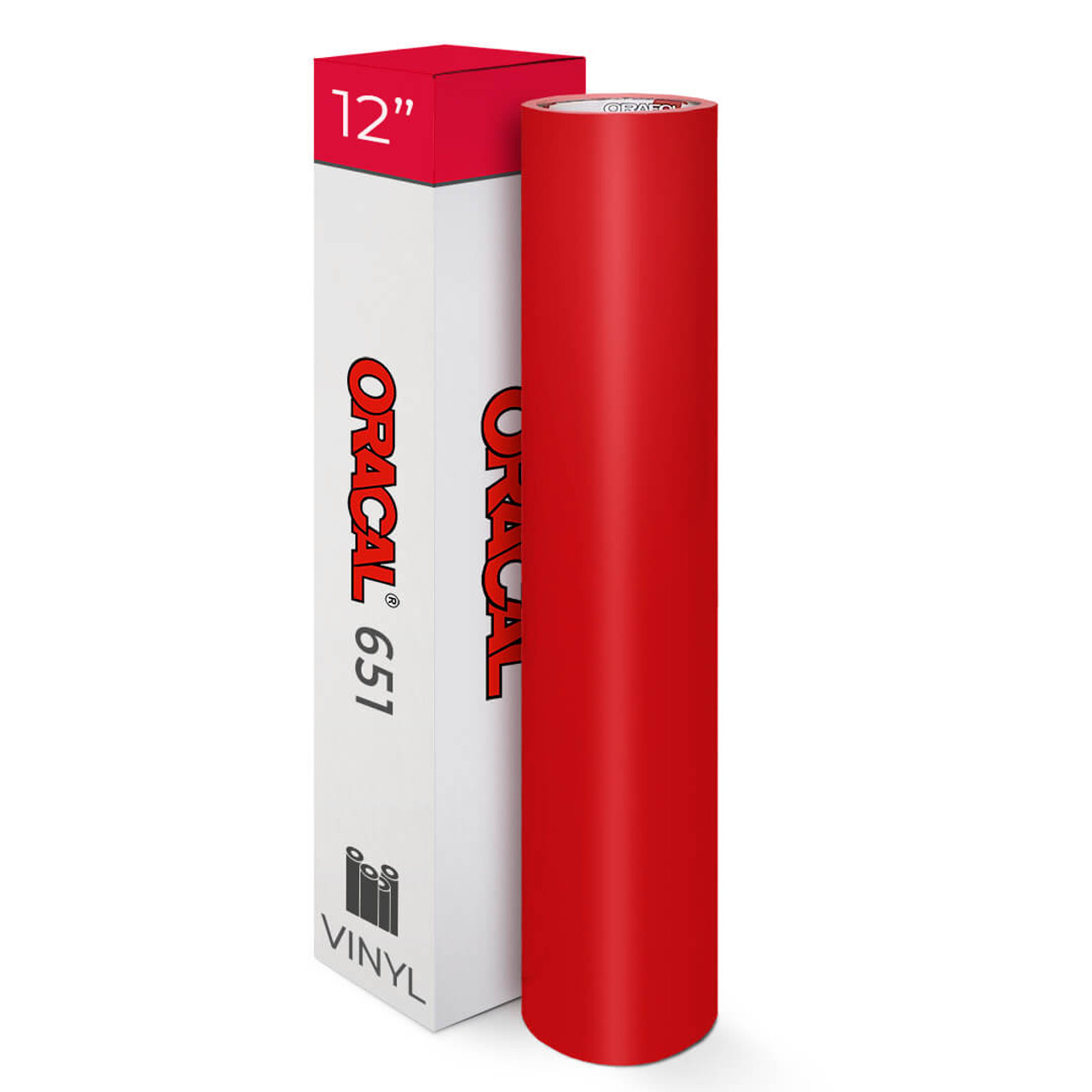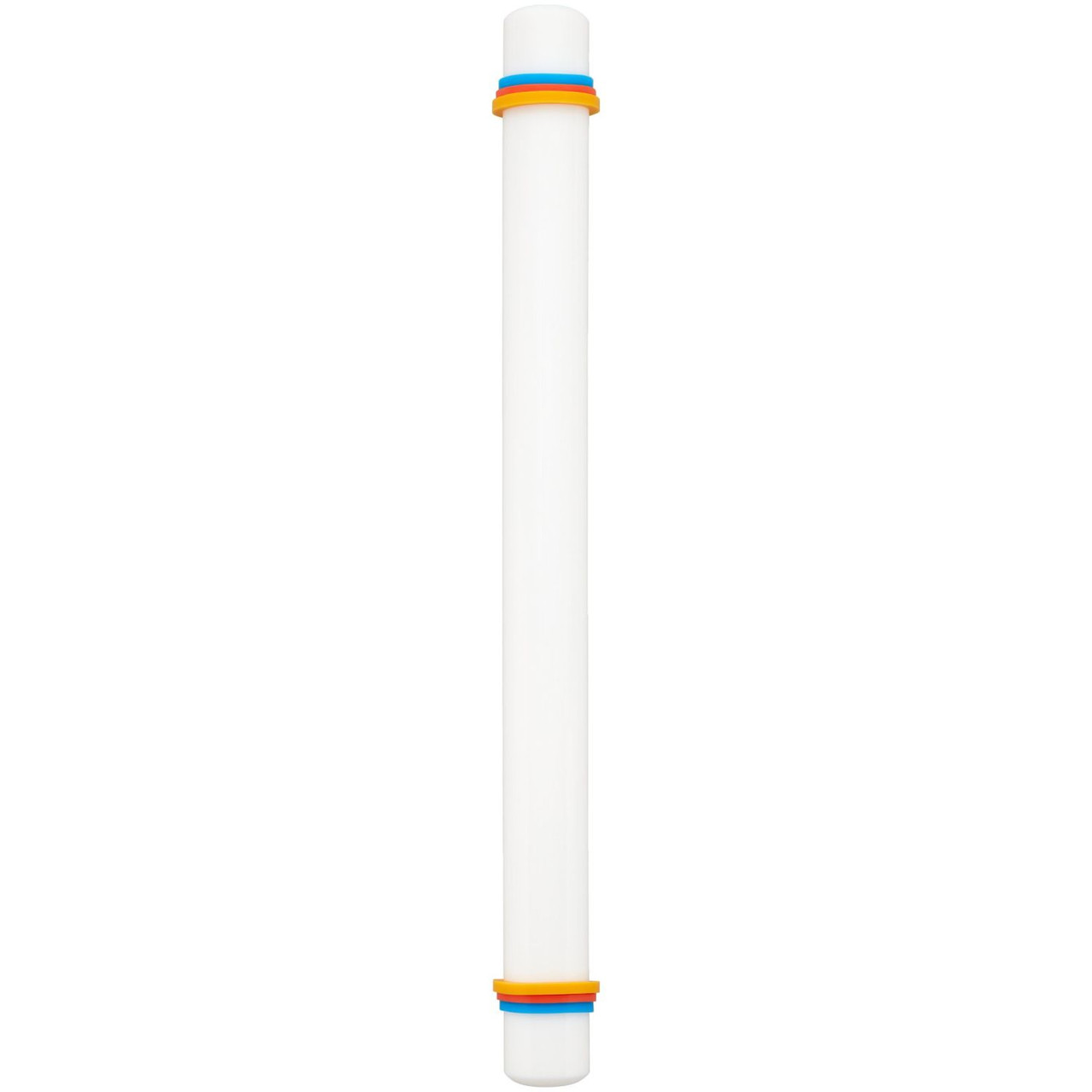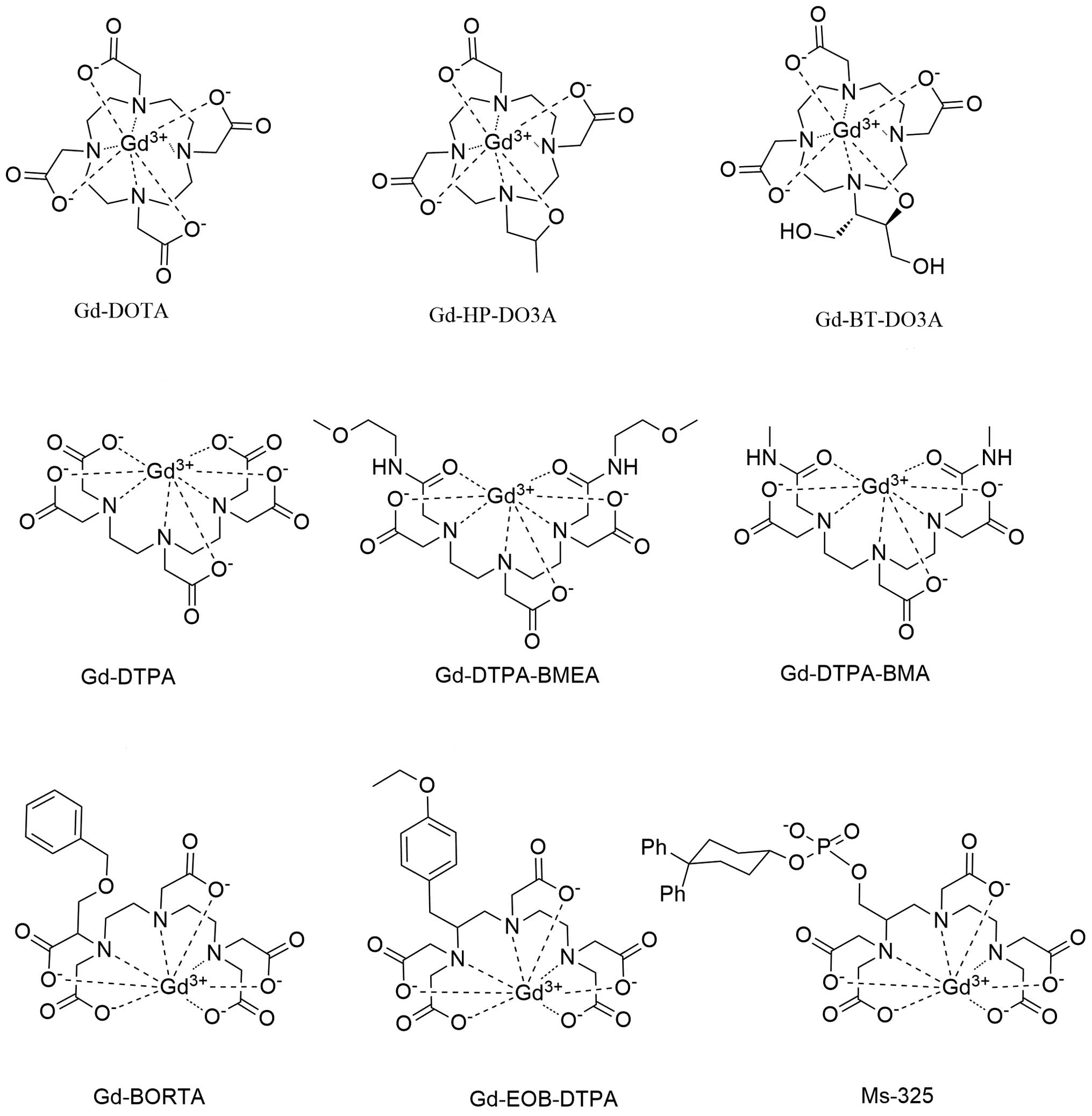
MRI contrast agents: Classification and application (Review)
Magnetic resonance imaging (MRI) contrast agents are categorised according to the following specific features: chemical composition including the presence or absence of metal atoms, route of administration, magnetic properties, effect on the magnetic resonance image, biodistribution and imaging applications. The majority of these agents are either paramagnetic ion complexes or superparamagnetic magnetite particles and contain lanthanide elements such as gadolinium (Gd3+) or transition metal manganese (Mn2+). These elements shorten the T1 or T2 relaxation time, thereby causing increased signal intensity on T1-weighted images or reduced signal intensity on T2-weighted images. Most paramagnetic contrast agents are positive agents. These agents shorten the T1, so the enhanced parts appear bright on T1-weighted images. Dysprosium, superparamagnetic agents and ferromagnetic agents are negative contrast agents. The enhanced parts appear darker on T2-weighted images. MRI contrast agents incorporating chelating agents reduces storage in the human body, enhances excretion and reduces toxicity. MRI contrast agents may be administered orally or intravenously. According to biodistribution and applications, MRI contrast agents may be categorised into three types: extracellular fluid, blood pool and target/organ-specific agents. A number of contrast agents have been developed to selectively distinguish liver pathologies. Some agents are also capable of targeting other organs, inflammation as well as specific tumors.
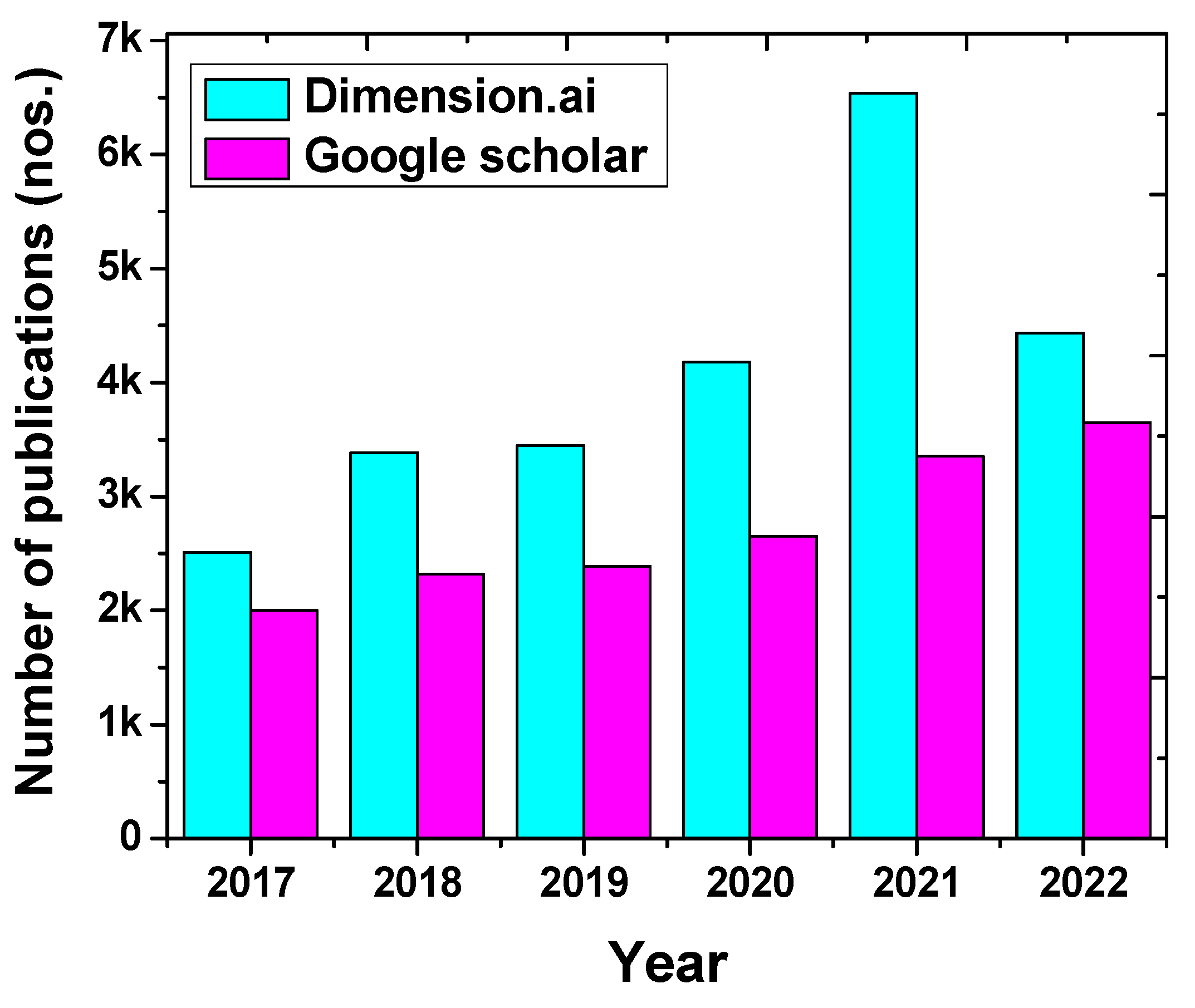
Nanomaterials, Free Full-Text

Hepatobiliary MRI Contrast Agents: Pattern Recognition Approach to

Nanoparticle-Based Paramagnetic Contrast Agents for Magnetic Resonance Imaging
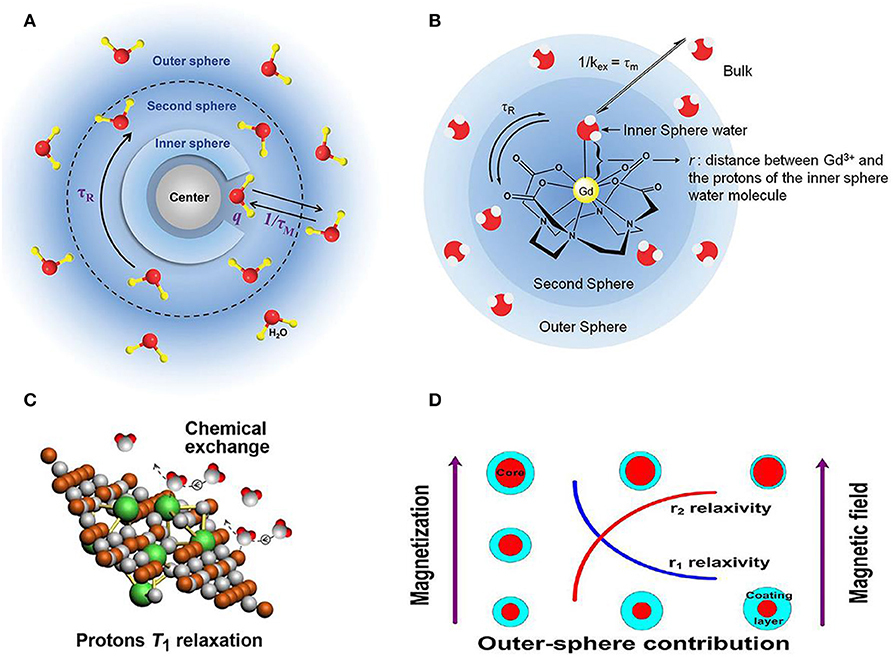
Frontiers Recent Advances of Bioresponsive Nano-Sized Contrast
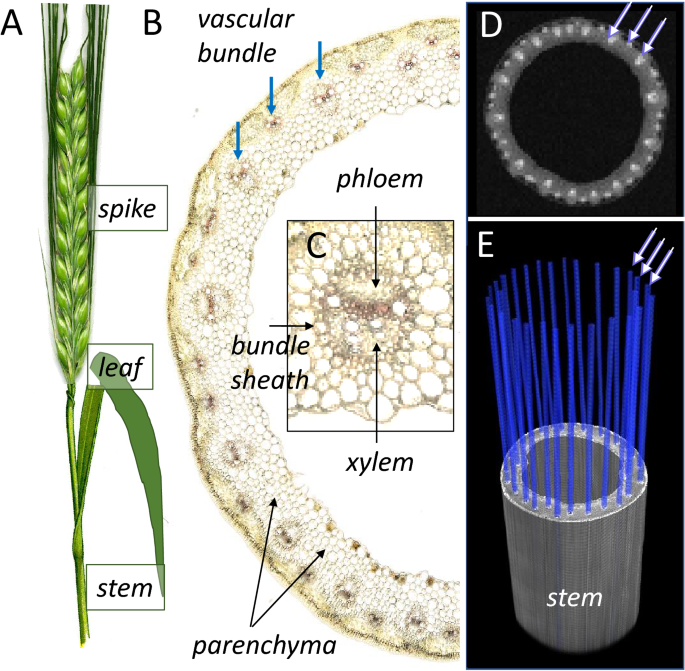
Quantitative monitoring of paramagnetic contrast agents and their allocation in plant tissues via DCE-MRI, Plant Methods

A brief review of reporter gene imaging in oncolytic virotherapy and gene therapy: Molecular Therapy - Oncolytics

Pharmaceuticals, Free Full-Text

A Comprehensive Introduction to Magnetic Resonance Imaging
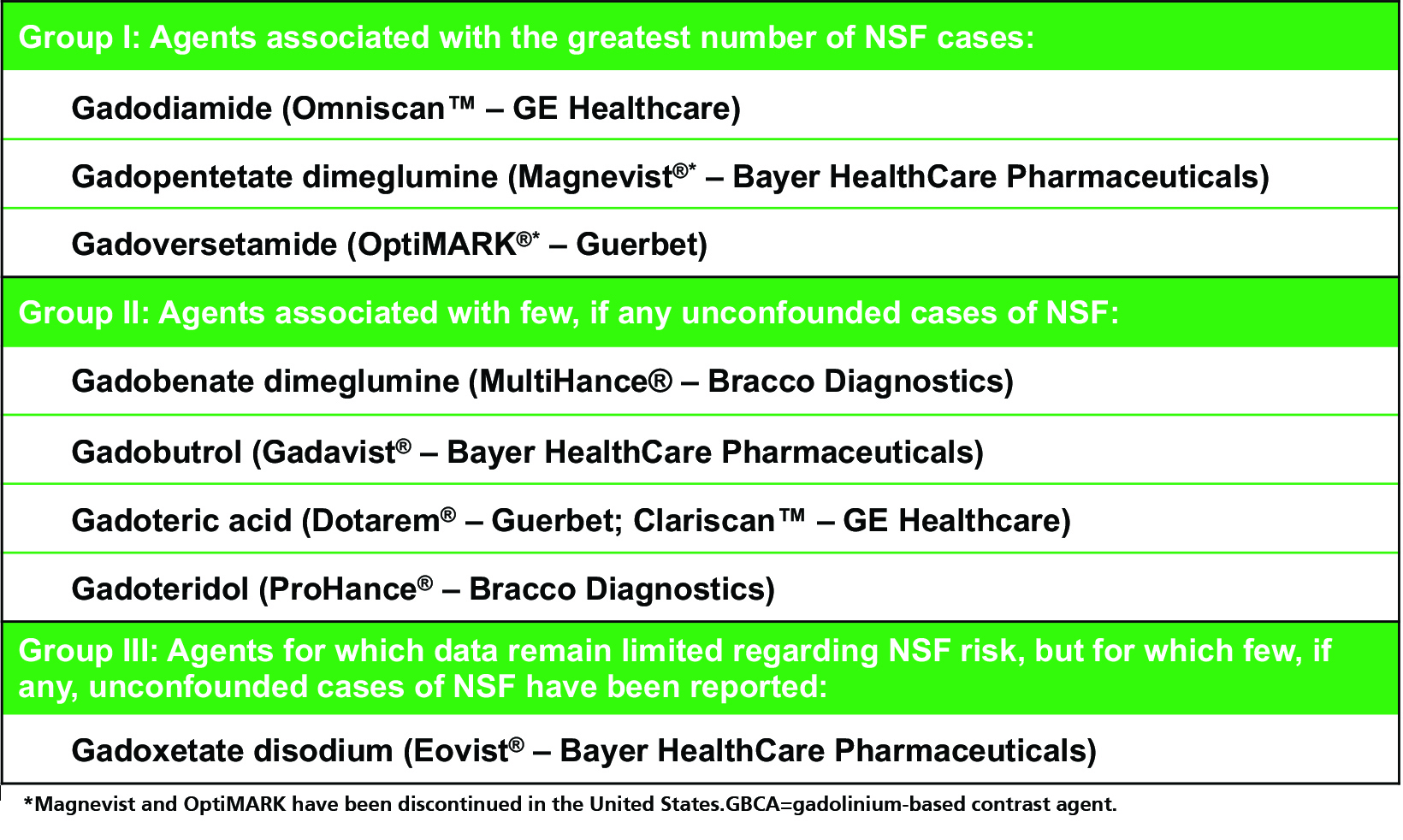
The Use of Contrast-enhanced MRI in At-risk Patient Populations
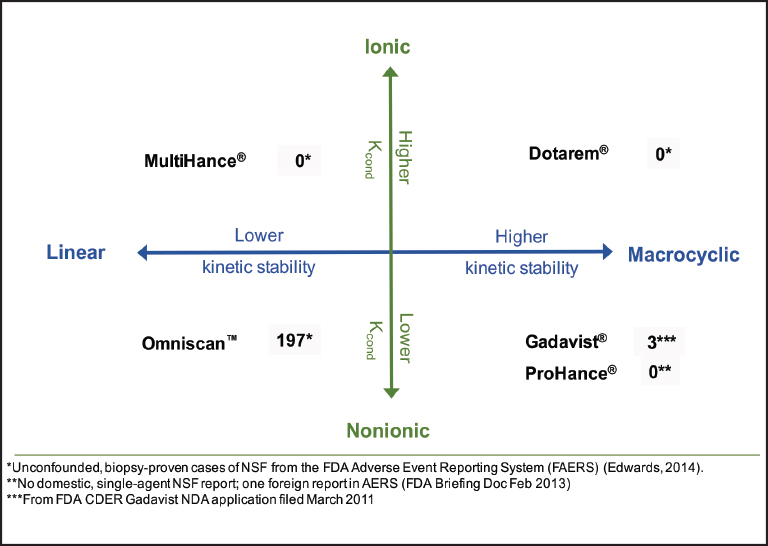
The Benefits of a Macrocyclic, Ionic Contrast Agent: An Expert





